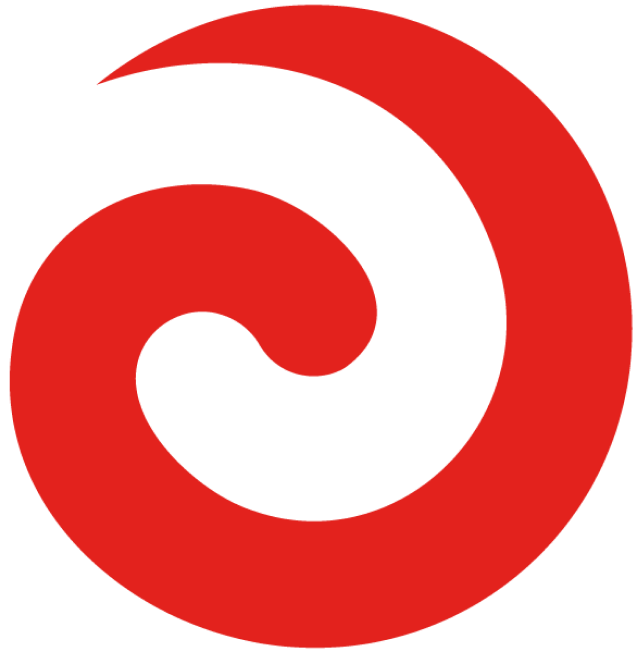Close to 700 new and experienced participants in the world of tā moko or traditional Māori tattoo have come to Rotorua to listen to nine expert traditional tattoo artists share their experiences, starting up, influences, challenges, and future goals.
Those who spoke today were Mark Kopua, Julie Paama-Pengelley, Gordon Toi- House of Natives, Heemi Te Peeti, Kylie Poihipi, Riki Manuel, Rangi Kipa and both organisers of the symposium Hohua Mohi and Te Wehi Preston.
Moko Ora Wānanga, led by mātanga ringa tā moko Mohi and Preston presented M.O.K.O, Me Ora, Ka Ora, a continuation of the legacy of Toi Māori that brings together tā moko practitioners and people from all over to celebrate this art form.
Both artists made constant references to those before them who had had the vision for such a symposium but it was Mohi and Preston who drove it into reality with a strong committed team to get the kaupapa across the line.
“This was a dream of our forefathers before both of us and, to see it alive and breathing here in Te Arawa, I am overwhelmed”, Mohi said.
This kaupapa serves as a unifying force for moko and moko enthusiasts of all generations.
Maintaining authentic tikanga Maōri
They see moko as a powerful point of connection that brings people together in support of Māori art, Māori culture.
Me ora, ka ora is meant to recognise the support the artform needs to ensure that the mana and integrity of moko are upheld and maintained.
Mark Kopua has been carving for close to 30 years and making tā moko just as long.
From Te Tai Rāwhiti, Kopua was one of the guest speakers today, and spoke strongly about new technology and techniques being used but maintaining authentic tikanga Māori within the arts.
He also discussed succession planning and his take on the future of moko.
“In the years gone by, there has been a resurgence of people receiving traditional tattoos. This is proof that the art will survive,” Kopua said.
Struggling as a wahine tā moko artist
Julie Paama-Pengelly from Tauranga Moana has been creating moko for more than 30 years. She started at a time when moko wasn’t as widely accepted.
She talked about how her generation of tā moko whānau kept the ancient art alive and the struggles she as a wahine tā moko artist faced.
Although times have changed and moko is becoming normalised again, she said she still had issues she wanted resolved and bringing these challenges to today’s symposium was what this platform was designed for.
“It’s important that we keep challenging those boxes that we keep putting ourselves in and pūhoro is one of them. No longer should anyone be saying women shouldn’t be doing it or women don’t receive it,” Paama-Pengelly said.
Participants came from all parts of Aotearoa and the Pacific including Tahiti, Hawaii and Taha’a island, which is next to Rangiātea island.
Revitalisation plans
Mata Utaute is a tā moko artist from Taha’a island who was on holiday in Rotorua. He had heard about the symposium, and knew he had to come and take a look.
“I am here to find out how the Māori have been able to keep their language and their tattoo alive and flourishing because where I’m from colonisation has severed our culture badly. I see unity here and support. I will take this home with me and help revive our language and arts,” Utaute said.
The symposium finishes tomorrow, with 28 artists running exhibitions and workshops on traditional tattoos.
-


